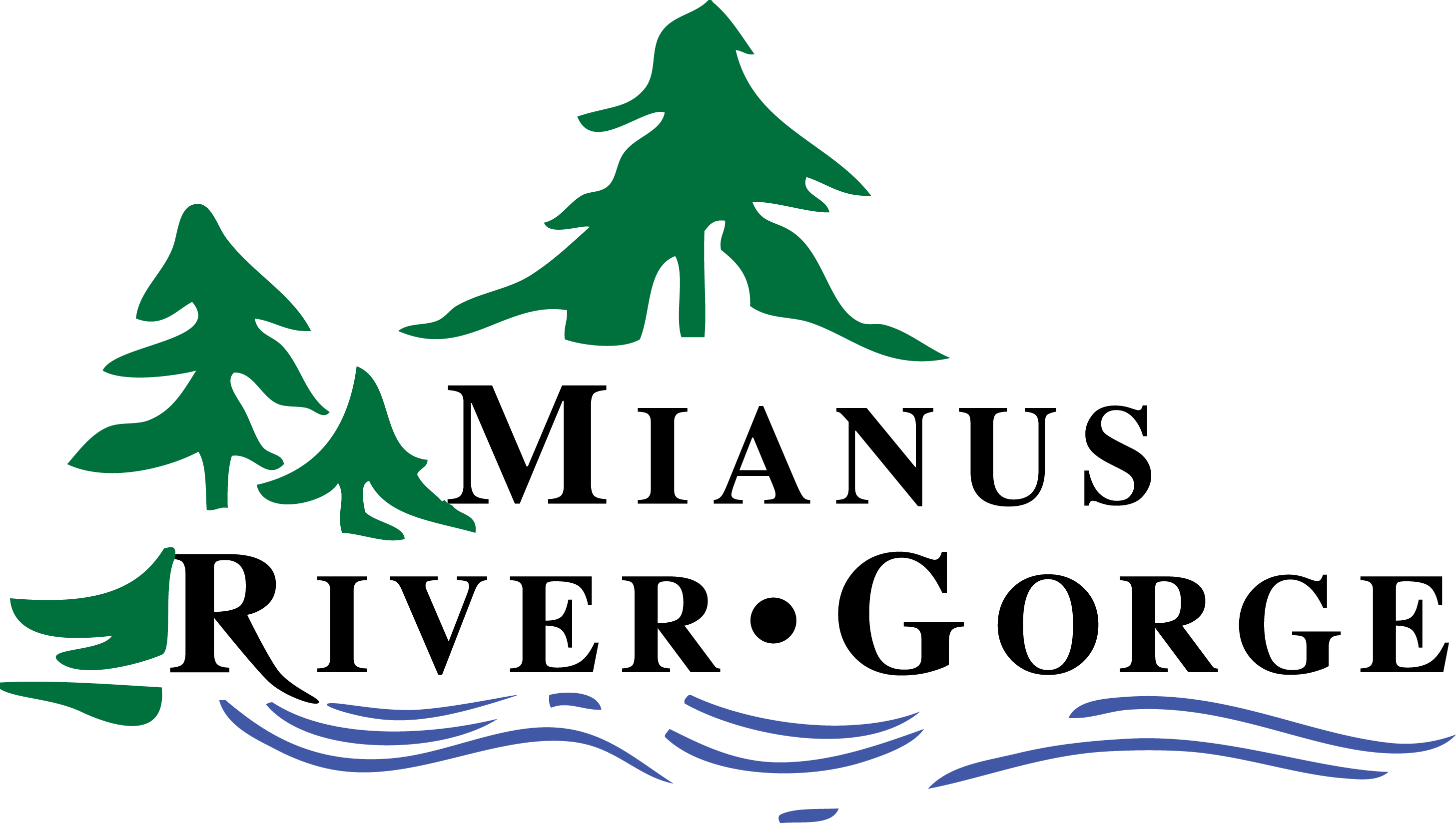Perhaps you know that part of Mianus River Gorge’s mission is to “protect over 1,000 acres … including one of the last stands of old-growth forest in the northeast US.” But what exactly is an old-growth forest, and why is it so important?
“Old-growth forest is a structurally complex forest, hundreds of years old, that has not been directly altered by humans,” as defined by David Middleton in Ancient Forests. While so much of the land in this area was cleared for farming in the 1600s, the old-growth forest in the Gorge was spared due to the steep slopes and because the dominant tree is the Eastern hemlock, which is not well-suited for building or firewood.
Old-growth forests vary in the makeup of their trees. There are those dominated by beech and maple; spruce and fir; spruce and hardwoods; and, as in the Gorge, hemlock and hardwoods. But old-growth forests share certain key characteristics: a variety of different-sized trees (including some very old ones); a pit-and-mound topography from centuries of downed trees; woody debris and downed logs covering the forest floor that serve as nurseries for young trees; and undisturbed soils. This structured complexity fosters diverse plant and animal communities, many of which are unique to old-growth forests.
As William Abranowicz noted in Mianus River Gorge: Photographs by William Abranowicz, the forest in Mianus River Gorge is a place of “growth and decay, transience and permanence.”
Dead standing trees, or snags, are a common—and important—part of the old-growth forest in the Gorge. A snag may remain upright for more than a hundred years after the tree dies, providing a home for a variety of different animals.

Downed logs in the forest may serve as a reservoir of water, provide habitat for insects and small vertebrates, and continually replenish the soil by slowly releasing nutrients. Downed logs in the Mianus River and its tributaries are vital to the forest ecosystem, too. They provide habitat for aquatic creatures and slow the flow of the water, thus lessening the effects of erosion. Downed logs in the river also release nutrients to the stream community.
Key to the above-ground health of old-growth forests is the age and complexity of the soils beneath them. These soils are the result of centuries of evolution and adaptation, hosting and nourishing a rich community of flora and fauna. In the case of the Gorge, we have learned that the soils contain hundreds of species of mycorrhizal fungi that are critical to a hemlock seedling’s germination and growth, as well as the tree’s ability to use the nutrients in the soil. These fungi do not exist in the adjacent lands that had once been cultivated.
When the wind knocks over trees, it creates an opportunity for understory plants to flourish. In the case of the Gorge, some of the hemlock trees in the forest are not very large. Because hemlocks are extremely tolerant of shade, they can live almost dormant in the understory for hundreds of years. When a storm or windfall opens a hole in the canopy, they will then explode in growth.
Forests, especially old-growth forests, are effective in removing significant quantities of carbon dioxide (CO 2) from the atmosphere. This process, called carbon sequestration, involves carbon capture and the long-term storage of atmospheric carbon dioxide. The old-growth forest in our midst contributes greatly to the quality of the air we breathe and the water we drink.
Finally, the forest surely has an emotional impact on each of us. Mianus River Gorge can be the perfect site for quiet contemplation and awe among the Eastern hemlock composing the old-growth forest in our midst.
Mianus River Gorge is committed to protecting the forest and the land that surrounds us, comprising the Mianus River watershed. Because land protection is vital for ensuring fresh air and clean drinking water supplies, sustaining native plants and wildlife, and conserving open space for all to enjoy, MRG focuses much of its research on the ecology of old-growth forests.
